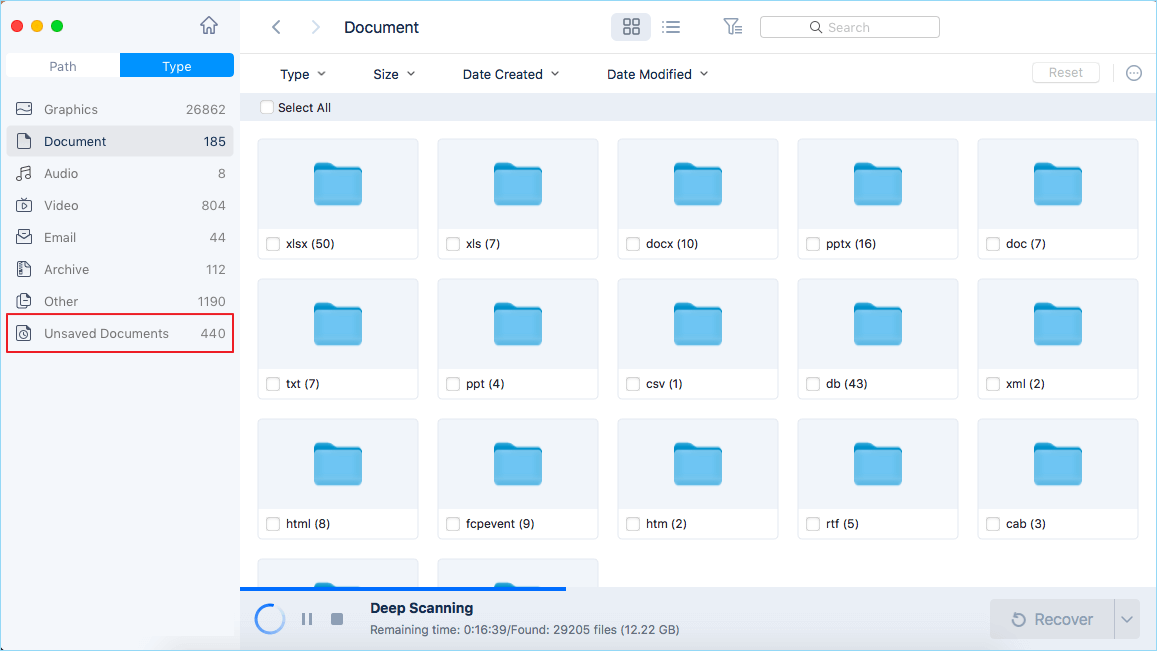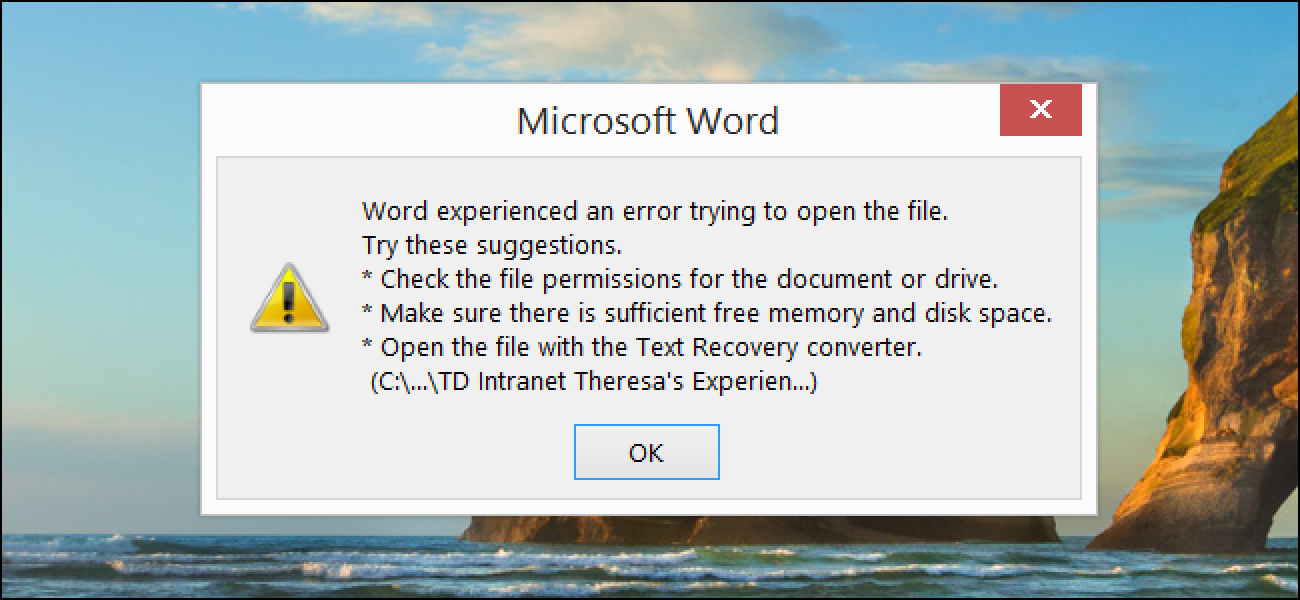

- #WHERE DOES WORD FOR MAC STORE TEMPORARY FILES FOR WINDOWS 10#
- #WHERE DOES WORD FOR MAC STORE TEMPORARY FILES WINDOWS 7#
Now, we have provided the default path for each of the operating systems.
#WHERE DOES WORD FOR MAC STORE TEMPORARY FILES WINDOWS 7#
In the below section, we will provide the path based on the Windows Operating System version:Ĭ:\Documents and Settings\ username\Local Settings\Temporary Internet Files\Content.Outlookįor Windows 7 and Windows Vista Operating SystemĬ:\Users\ username \AppData\Local\Microsoft\Windows\Temporary Internet Files\Content.OutlookĬ:\Users\username\AppData\Local\Microsoft\Windows\INetCache\Content.Outlook The path of Temporary Internet Files varies from one version of Windows to another. In this scenario, you will need to locate this path in a different way as it will not be available through the method discussed above. It creates a new folder under the Temporary Internet Files folder with a randomly generated name. But, if any of these conditions are not met, the Windows Operating System uses the Temporary Internet Files folder as the parent folder for storing its temporary files. The above method is effective for cases when the Outlook is well configured, the ‘OutlookSecureTempFolder’ field exists in the registry and its value points to a valid location on your machine. Method 2 - Manually locating Temporary files Just select and delete the ones which you want to and for permanent removal, delete it from the Recycle Bin as well. On the top address bar, paste the copied path and press the Enter button on the keyboard. Then, press Windows+E to open the Windows explorer page. Press CTRL and copy the file folder path.

Reach up to Security location from the above path and double-click “ OutlookSecureTempFolder” key on the right pane to open it. HKEY_CURRENT_USER/Software/Microsoft/Office/11.0/Outlook/Security HKEY_CURRENT_USER/Software/Microsoft/Office/12.0/Outlook/Security HKEY_CURRENT_USER/Software/Microsoft/Office/14.0/Outlook/Security HKEY_CURRENT_USER/Software/Microsoft/Office/15.0/Outlook/Security HKEY_CURRENT_USER/Software/Microsoft/Office/16.0/Outlook/Security Here locate the registry key as per your Outlook versions by following the given paths. To get the path address, open the Run window by pressing Windows+R and type regedit. The complete process is:įor different versions of Outlook, the OLK folder path is different which you can get directly from the registry key created by Outlook. It is not at all a task to delete the temporary files once you have located the files. This would be the main section for the blog readers. Learn to delete Outlook Temporary Files Method 1 - Locate temporary files location through windows registry Now, let us know how you can locate and then delete these files from the temporary folder created on your system. These above-mentioned reasons point to the need for deleting the temporary Outlook files. Hence, the user must delete the Outlook temporary files to fix ‘Outlook attachments unable to access’ issue. It directly affects Outlook performance, and the user has to suffer. It happens when a load of attachments has been received in Outlook with time, and the temporary file folder is untouched. Disk Space – Sometimes, users cannot access the Outlook attachments they receive via emails as there is no space within the Outlook temporary files folder.So, to secure your confidential or sensitive information from data theft, it is recommended to delete the temporary Outlook files from your system. And, a person with knowledge of this location can easily gather the confidential information within these attachments. Security Risks – Sometimes, even if the attachments are deleted, opened and then closed or the Outlook has been shut down accidentally, then also the copy of these attachments get stored at the temporary folder location mentioned above.The Outlook user faces the following problems due to Outlook temporary files: Why do temporary Outlook files need to be deleted? Our next section would focus on the issues which could be created by these temporary Outlook files, which ultimately affect the Outlook performance. Now, we know about the Outlook temporary files and its creation but, it is still not clear why we need to delete these files. The basic path location for this temporary internet file for attachments isĬ:\Users\%username%\AppData\Local\Microsoft\Windows\Temporary Internet Files\Content.Outlook\ This takes place to ensure that received attachments are secured at another place. OLK folder in the registry to save the temporary attachment files and if it does not exist, it creates the new folder itself.

Whenever the Outlook user opens or adds the emails’ attachments, a copy of these attachments gets stored at the sub-directory of the Outlook Temporary Internet Files folder. But, we cannot just directly move to this method unless we know about the Outlook temporary files and the need for its removal.
#WHERE DOES WORD FOR MAC STORE TEMPORARY FILES FOR WINDOWS 10#
As the blog title suggests, we are going to learn the method (manual) to delete the temporary Outlook files for Windows 10 Operating System.


 0 kommentar(er)
0 kommentar(er)
